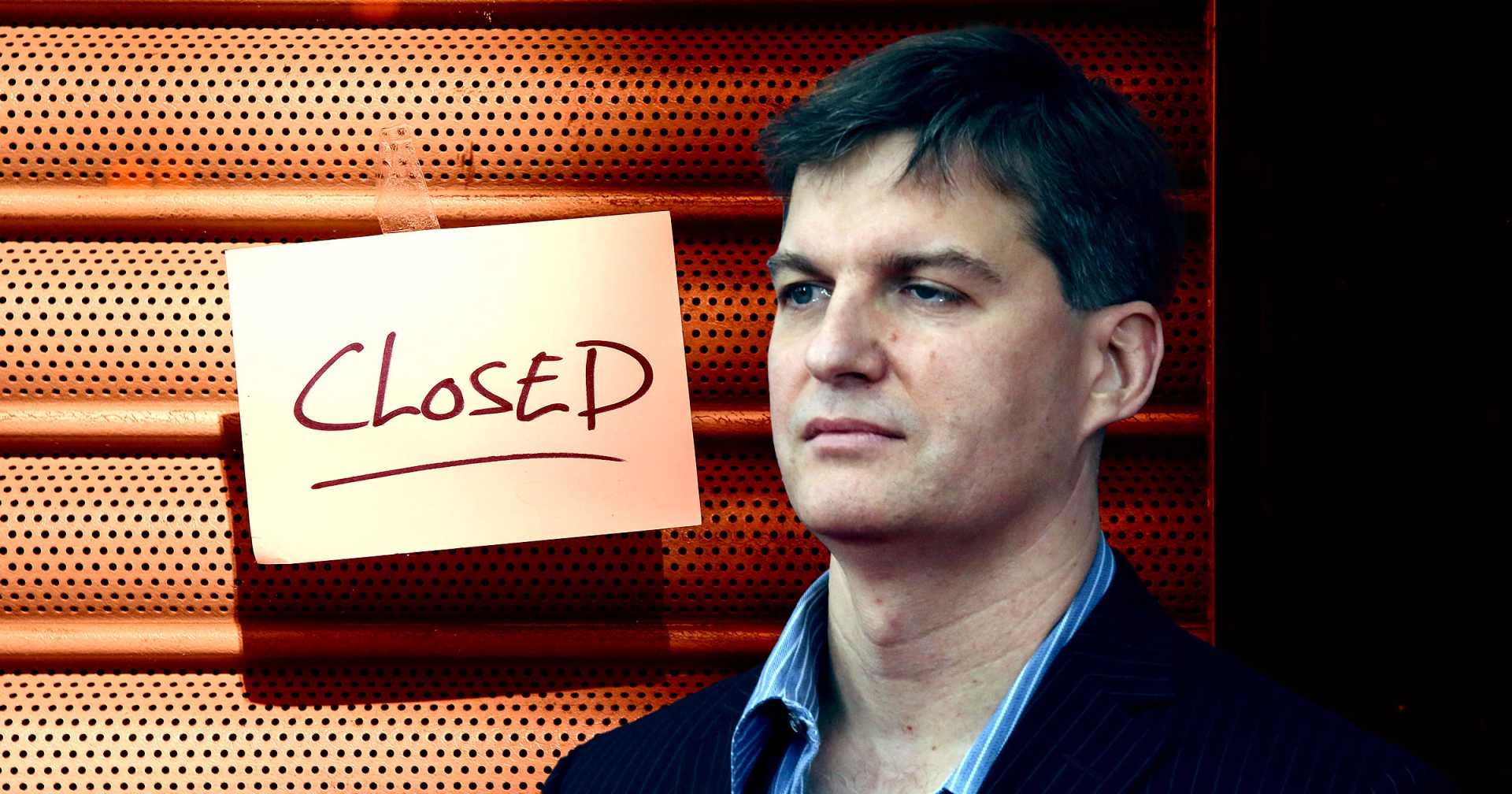Business
Michael Burry Sounds Alarm on AI Bubble, Predicts Market Crash

NEW YORK, NY — Investor Michael Burry, known for predicting the 2008 housing crash, is raising concerns about the inflated profits within the AI industry. He recently announced a $1 billion bet against leading tech companies, including Meta Platforms Inc. and Oracle Corp., accusing them of manipulating accounting practices to overstate earnings.
Burry claims that these companies are extending the estimated useful life of their AI-related hardware, such as servers and GPUs, from the typical three to four years to as long as eight years. This move, he argues, allows them to spread depreciation costs over a longer period, masking the rapid obsolescence of these technologies.
“This is one of the most common frauds in the modern era,” Burry said in a post on X, highlighting that this accounting tactic could misrepresent industry profits by up to $176 billion between 2026 and 2028. He emphasized that such distorted financial reporting could trigger a significant market correction.
Meanwhile, reports surfaced that Burry closed his hedge fund, Scion Asset Management, soon after releasing his short position. Some analysts noted this decision as an indication of his belief that the trade is essentially “rigged.”
Jim Morrow, founder and chief investment officer of a leading financial firm, echoed Burry’s concerns. He warned of a potential “tsunami of depreciation” that could impact Big Tech’s reported profits as accounting practices shift. Morrow explained how extending asset lifespan could lead to huge discrepancies in reported earnings versus actual economic value.
As companies like Meta and Oracle continue to invest heavily in AI infrastructure, experts warn that the risks tied to overvalued assets remain. Burry’s arguments are gaining traction, with more investors questioning the sustainability of current tech valuations.
Despite the warnings, some analysts remain optimistic about the tech sector’s growth potential. Bank of America recently indicated that the AI spending cycle remains strong, pointing to robust orders and ancillary market segments as signs of continued demand.
However, Morrow cautioned that companies might be mistaken in equating raw spending with actual growth. He observed that the market appears increasingly crowded, with significant capital flows into AI sectors resembling previous investment bubbles.
Burry’s long history of successfully predicting market trends raises eyebrows as he warns investors to heed the signs of a bubble in AI technologies. As the technology evolves and firms adjust accounting practices, the long-term implications remain to be seen.












